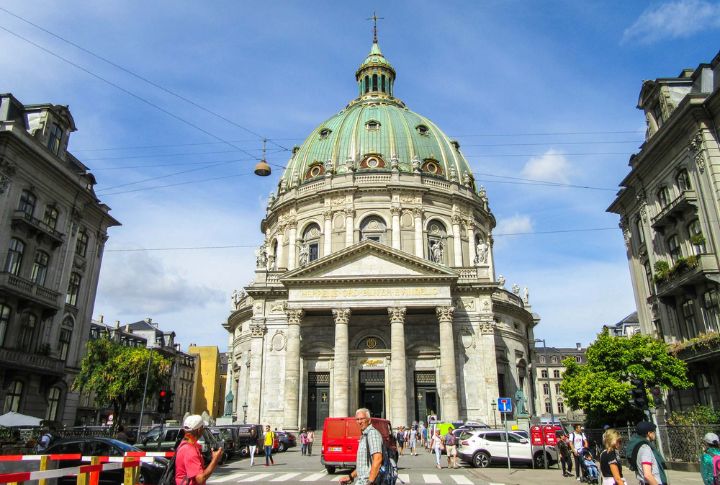
Most cities are still debating climate action. Meanwhile, others have already done the work. They’ve upgraded infrastructure, switched to renewable energy, and created adaptive strategies for floods and rising temperatures. These aren’t perfect places, but they’re miles ahead in preparation. When disaster strikes elsewhere, they’ll keep functioning. Here are twenty cities ready for Earth’s uncertain future.
Reykjavik, Iceland
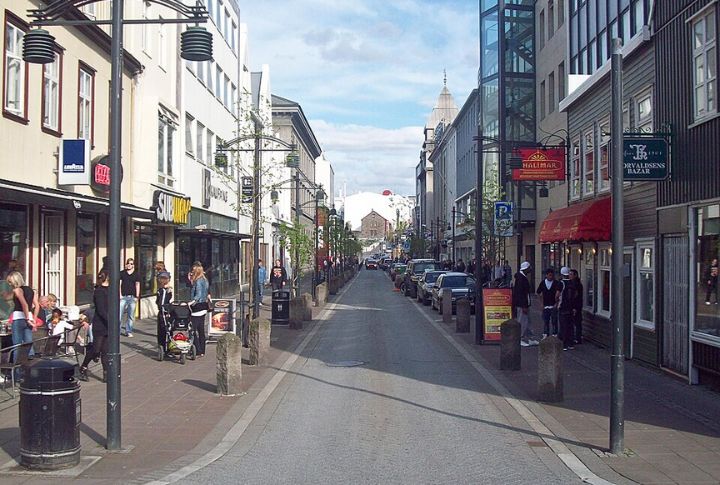
Reykjavik has mastered sustainable living without making it feel like a sacrifice. The city runs on geothermal energy and hydropower, keeping the air remarkably clean year-round. Heated sidewalks melt ice naturally during harsh winters. As they work toward carbon neutrality by 2040, every innovation feels intentional rather than rushed or forced into place.
Tromso, Norway

Far above the Arctic Circle, Tromso blends scientific innovation with survival in extreme conditions. The Fram Centre anchors global Arctic research, while the Gulf Stream keeps winters surprisingly mild. Two months of summer daylight and resilient infrastructure make Tromso a model of adaptation in a rapidly changing world.
Wellington, New Zealand
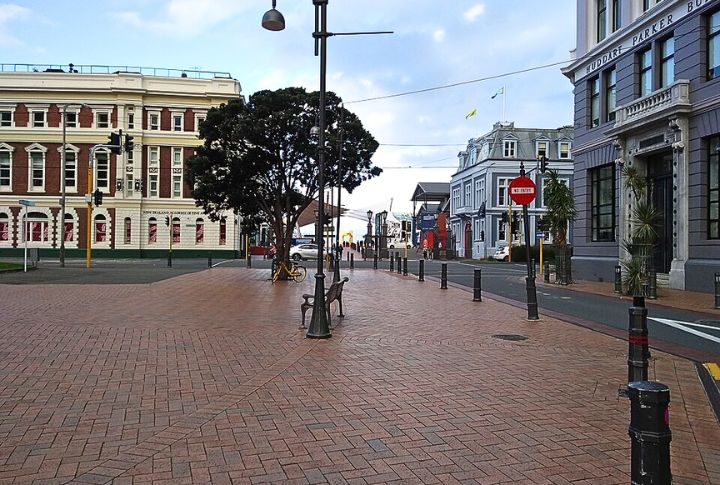
Few capitals harness nature like Wellington. Fueled by powerful winds and surrounded by sea, it enjoys a stable climate far from continental heatwaves. New Zealand’s largely renewable energy grid and strict earthquake codes ensure resilience, while the city’s breezy environment naturally keeps pollution and temperatures low.
Vancouver, Canada
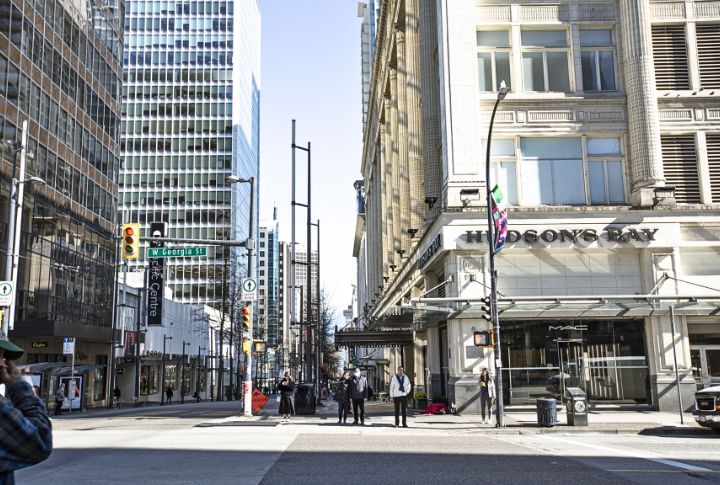
Set between the ocean and mountains, Vancouver leads North America in climate action. It’s committed to becoming the world’s greenest city by 2030, powered by hydroelectric energy and sustainable design. With abundant parks, walkable neighborhoods, and bans on fossil heating, the city thrives as a model for urban eco-living.
Zurich, Switzerland
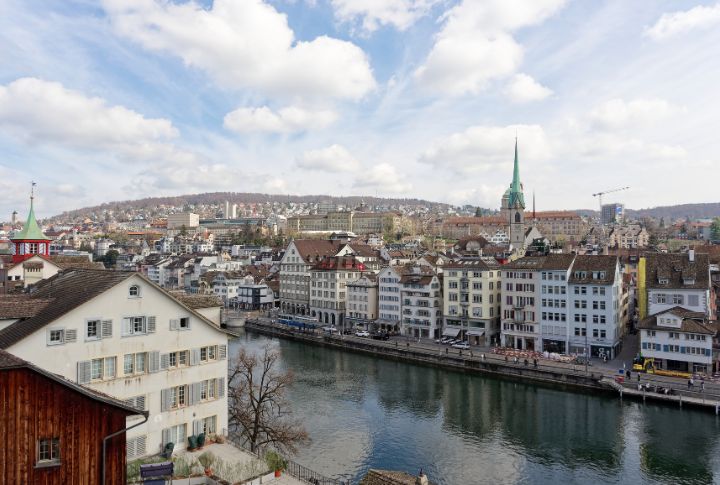
Zurich seems to breathe differently. Fresh alpine air drifts through tidy streets powered by silent electric trams. Lakes stay pure under careful protection, which promises safe water for generations. Switzerland’s push toward net-zero by 2050 turns Zurich from a beautiful city into a working model of sustainable living.
Helsinki, Finland
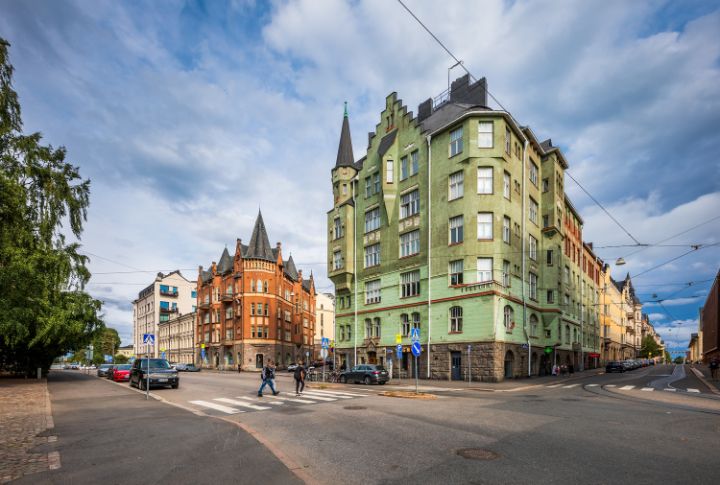
In Helsinki, innovation meets practicality. The city recycles excess heat for its district energy system, while Finland’s vast forests absorb nearly half of its carbon emissions. Beneath its streets lies a hidden network of tunnels and shelters, showing how harsh northern climates can inspire efficient urban design.
Portland, Oregon
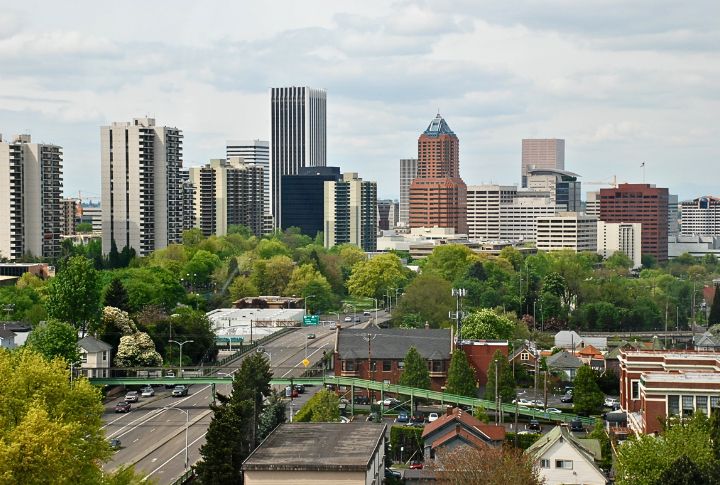
Portland didn’t just talk about going green—it actually did the work. Renewable energy now powers over a quarter of the city, a number that keeps climbing. New fossil fuel terminals? Not happening here, thanks to an outright ban that proves this Pacific city means business.
Stockholm, Sweden
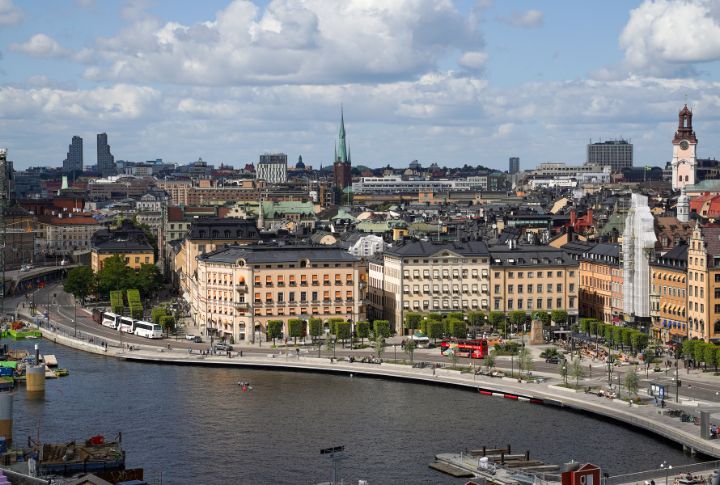
Stockholm makes other “green cities” look like they’re just getting started. Europe’s first Green Capital Award went here for good reason. Renewable energy heats more than four out of five buildings. Plus, downtown waterways are so clean that locals treat them like public pools.
Copenhagen, Denmark
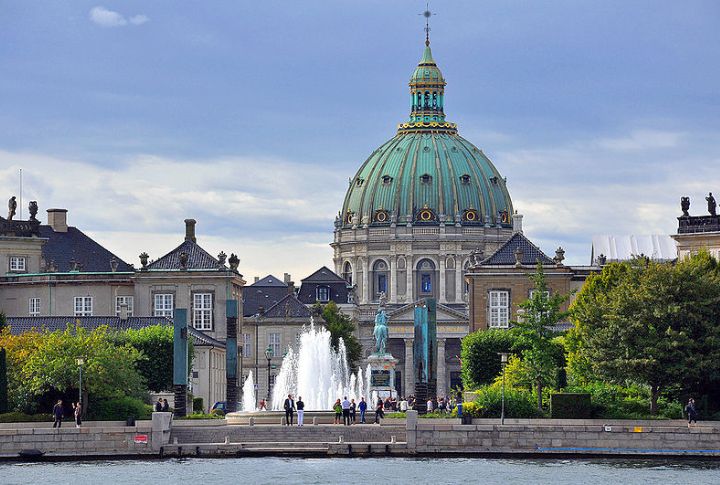
Denmark’s capital set a 2025 deadline for carbon neutrality, then built the infrastructure to match. Bicycles outnumber cars on most streets because the city designed it that way. Wind power keeps the lights on, and those stormwater parks? They prevent floods during storms and host picnics on sunny days.
Oslo, Norway

Oslo runs on hydropower, and that changes everything about how the city functions. Electric cars have taken over the streets in numbers nobody expected a decade ago. Household waste now heats homes through conversion systems that prove sustainability can be practical, not just aspirational.

